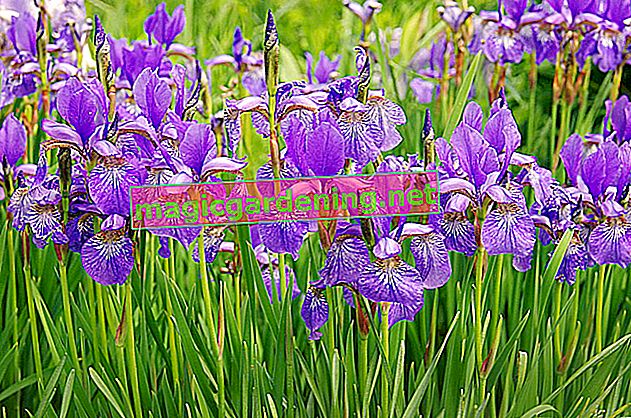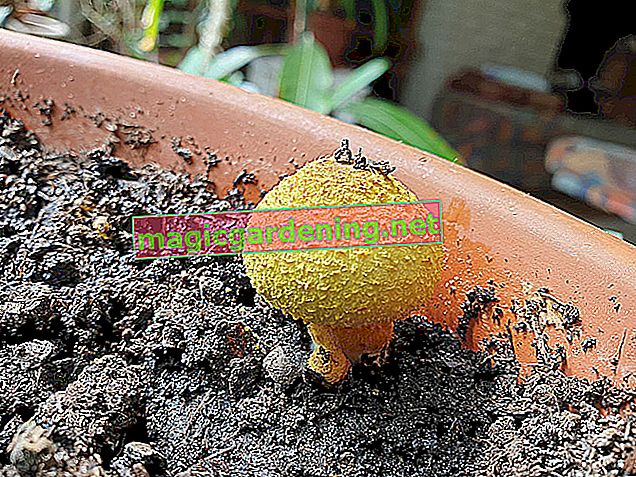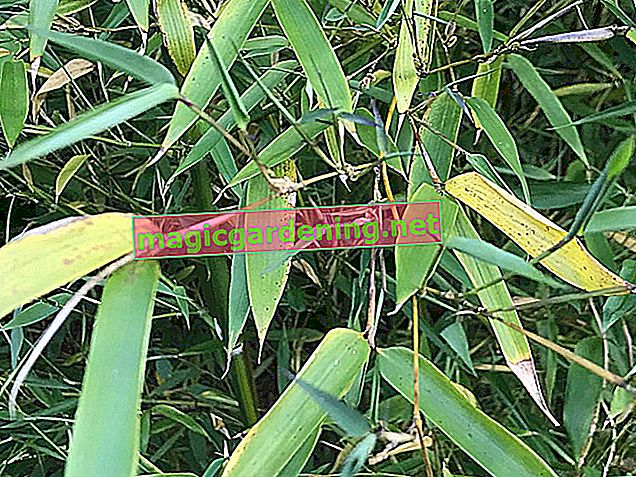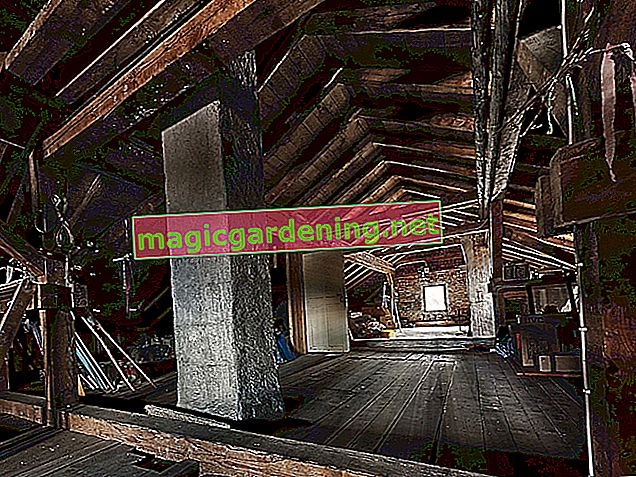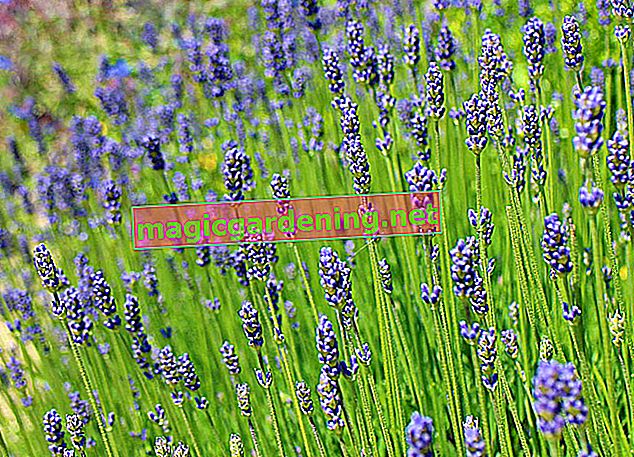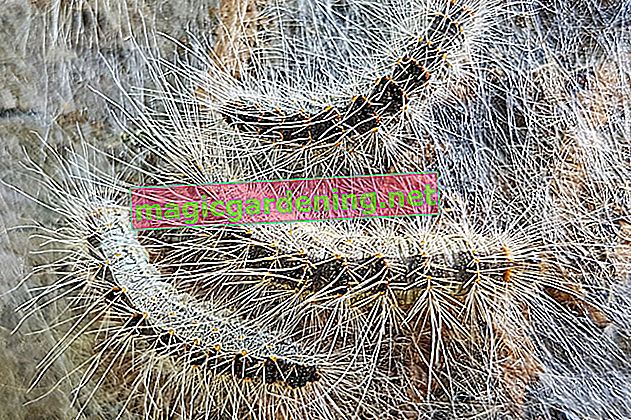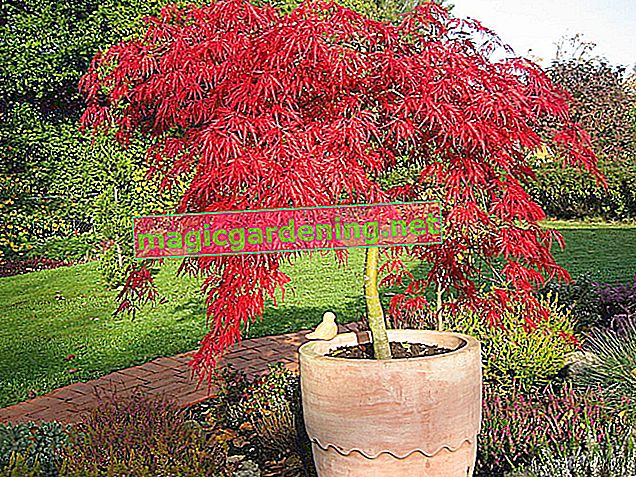
The Japanese maple is used to cold winters
The Japanese maple originally comes from the cold mountain regions of Japan, where it is particularly widespread on the islands of Honshu and Hokkaido. The climate there is not entirely dissimilar to that of Central Europe: the summers are quite short and warm, while the winters are long and cold. Ergo, the Japanese maple is already used to wintry climatic adversity by nature and is therefore considered to be quite hardy even in our latitudes.
also read
- Japanese maple can be grown wonderfully in a tub
- Japanese maple is hardy
- Japanese maples are usually easy to overwinter
Protect roots in buckets
While planted Japanese maples usually do not need extra winter protection, you should protect tub specimens. Since their roots are not in the solid ground, but are only shielded from the cold by a thin substrate layer and the material of the planter, they are quite vulnerable and threaten to freeze to death in cold winters. However, this threat can be counteracted by
- the bucket is placed in a protected and bright location
- For example, a house wall that emits heat is ideal
- drafts should be avoided
- the bucket is placed on an insulating surface (e.g. styrofoam)
- and wrapped with a fleece or the like.
- the substrate is covered with spruce branches.
Don't forget to water it even in winter
Japanese maple should also be watered from time to time in winter, but only on frost-free days. If the substrate is frozen through due to frosty temperatures, the water does not reach the roots and can also damage them. You should therefore only water when it is comparatively mild and the weather is rather dry. Further maintenance measures are not to be observed in winter.
Tips
Japanese maples sprout comparatively early, whereby you should protect the delicate leaves from the threat of late frost in April and May, for example by means of a fleece cover.


